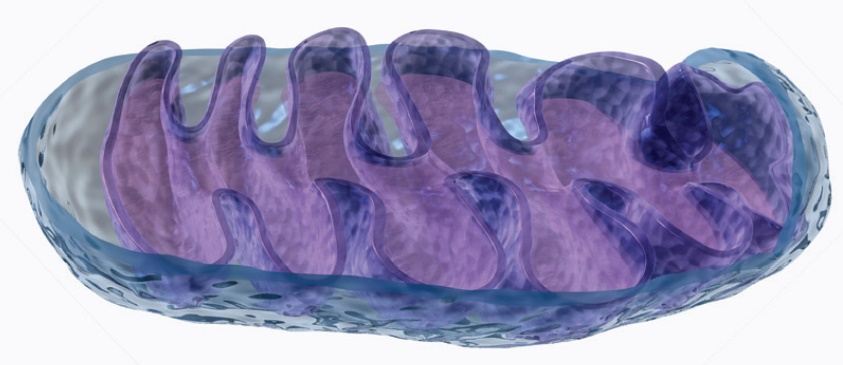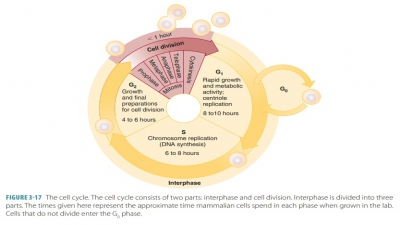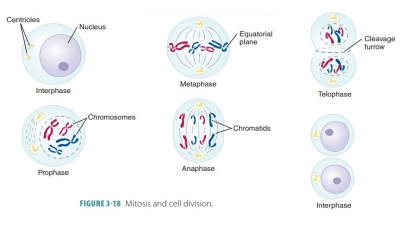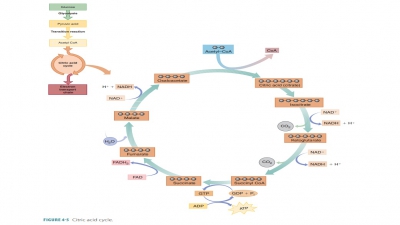Cellular Metabolism
| Home | | Anatomy and Physiology | | Anatomy and Physiology Health Education (APHE) |Chapter: Anatomy and Physiology for Health Professionals: Levels of Organization : Cellular Metabolism
The chemical reactions involved in cellular metabolism release energy because of the breakdown of nutrients.
Cellular
Metabolism
After
studying this chapter, readers should be able to
1. Define
metabolism, catabolism, and anabolism.
2. Describe
what takes place in an oxidation-reduction reaction.
3. Explain
cellular respiration.
4. Compare
and contrast glycogenesis, gluconeogenesis, and lipolysis.
5. Discuss
hydrolysis of a water molecule.
6. Describe
glycolysis in the cellular respiration.
7. Describe
oxidation of glycerol and fatty acids.
8. Explain
the oxidation of amino acids.
9. Discuss
metabolic pathways.
10. Define
oxidation and energy.

Overview
The chemical reactions involved
in cellular metabolism release energy because of the breakdown of nutrients.
Molecules are built to store energy. As cells divide, they use energy to copy
their genetic material. They build proteins from amino acids. Enzymes are proteins required for
cellular metabolism and to control metabolic reactions. Nutrients in body cells
are used for biochemical reactions that collectively are described as metabolism, during which time
sub-stances are built up and broken down continuously.
Related Topics



